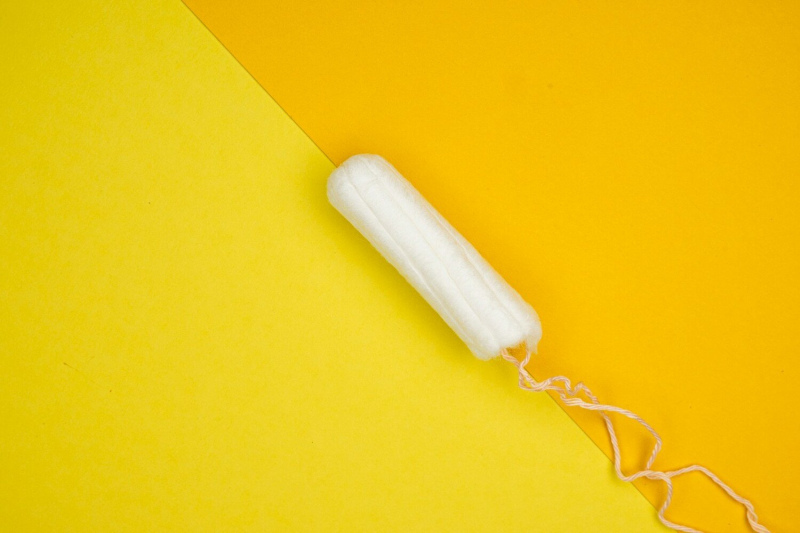
© Reproductive Health Supplies Coalition/Pexels
It was researchers from the University of California at Berkeley who discovered the pot aux roses and published the results of their research in the journal Environment International. Several studies had already revealed the presence of toxic substances in tampons (dioxins, furans, pesticides, phthalates, perfumes or bleaching agents). It will now be necessary to add certain heavy metals to the list, also present in tobacco, contaminated water or certain vegetables.
As a reminder, heavy metals, dense and toxic in high doses, are chemical elements naturally present in the environment and can accumulate in the body via food or inhalation.
Toxic substances in an intimate product
These products, used monthly by a considerable proportion of the fairer sex, would contain within them metals with proven toxic properties, including in particular lead, l& #8217;arsenic and cadmium.
This discovery raises important questions about public health, as Jenni A. Shearston, postdoctoral researcher at the UC Berkeley School of Public Health and lead author of this pioneering study, pertinently points out: “ Despite this significant risk to public health, very little research has been conducted to measure the presence of chemicals in tampons “.
Indeed, this investigation is the first to quantify the presence of metals in these intimate hygiene products, revealing worrying levels of harmful substances . It should be remembered that these metals, such as lead and arsenic, are well known for their harmful potential for human health. Their harmful effects are multiple: they can increase the risks of dementia, infertility, diabetes and cancer, while damaging vital organs such as the liver and kidneys. Furthermore, their impact on maternal health and fetal development cannot be neglected.
Faced with these worrying findings, Kathrin Schilling, co-author of the ’ ;study and assistant professor at the Columbia University Mailman School of Public Health, provides additional insight: “ Our study clearly shows that metals are also present in menstrual products, and that women may be at higher risk of exposure when using these products ”. This assertion underlines the urgency of further research in this hitherto little explored area.
200% Deposit Bonus up to €3,000 180% First Deposit Bonus up to $20,000A contamination with multiple origins
The investigation carried out by these researchers focused on the analysis of the concentrations of sixteen distinct metals in a sample of thirty stamps, from fourteen different brands. The results are clear: all types of tampons analyzed contained these metals.
Notably, the levels of metals fluctuated from significantly depending on various parameters: the geographical origin of the products (United States versus Europe/United Kingdom), their organic or conventional nature, as well as their specific brand.
For example, conventional (non-organic) tampons had higher concentrations of lead, while those labeled organic contained more arsenic. These metals can interfere in the composition of buffers through multiple vectors: absorption of metallic elements present in the environment (water, air, soil), or even intentional incorporation of certain compounds during the manufacturing process.
Tampons made mainly from cotton fibers are likely to absorb metals if the cultivation of this plant is carried out near sources of contamination, such as a lead smelter. Furthermore, the deliberate addition of metals during the production phase, whether as pigments, bleaching agents or antibacterial substances, cannot be excluded.
This worrying situation raises legitimate questions about current manufacturing practices and clearly proves that it is absolutely necessaryestablish more rigorous testing protocols for menstrual products. In this regard, Shearston expresses his wish: “ I’really hope that manufacturers will be forced to test their products for metals, especially toxic metals ”.
Although for the moment, this study has not directly linked the presence of these substances with health conditions, it would represent a very good opportunity to launch new research on this subject. These will have to look at the body's propensity to absorb these contaminants through the vaginal route, and potentially look for the presence of other toxicants.
- A study from the University of California at Berkeley reveals the presence of toxic metals in tampons from several brands.
- These substances can represent a serious danger to the health, both mental and physical.
- Researchers are therefore calling for more rigorous testing as well as better regulation.
📍 To not miss any Press news- lemon, follow us on Google News and WhatsApp.
325.2 k reviews
[ ]

